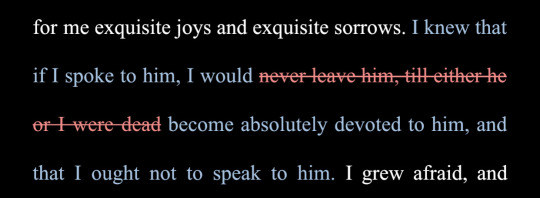#Morgan Library & Museum
Explore tagged Tumblr posts
Text








The Book of Marvels: Imagining the Medieval World at the Morgan Library - see these and more at their new exhibition. Details at:
367 notes
·
View notes
Text
#WatercolorWednesday :

Beatrix Potter (English, 1866-1943)
“Terrapin, probably drawn at London Zoo” c.1905
Watercolor, pen & ink, graphite
Seen at “Beatrix Potter: Drawn to Nature” exhibition at The Morgan Library & Museum
#animals in art#20th century art#european art#museum visit#painting#watercolor#turtle#terrapin#beatrix potter#women artists#Watercolor Wednesday#natural history art#scientific illustration#London Zoo#1900s#exhibition#Morgan Library
351 notes
·
View notes
Text










But recent suggestions about Chopin’s private life collided awkwardly with Poland’s staunchly conservative traditions – and caused some to question whether the story of Chopin that Poles are told from a young age is true.
According to a Swiss radio documentary released in 2020, the composer had relationships with men.
Those relationships were left out of history by successive historians and biographers; a potentially thorny charge in one of Europe’s worst countries for LGBTQ rights.
#frederic chopin#chopin#classical music#pianist#composer#poland#polish composer#waltz#morgan library & museum#manuscript#warsaw#holy cross church#discovery#1800s#19th century
65 notes
·
View notes
Text
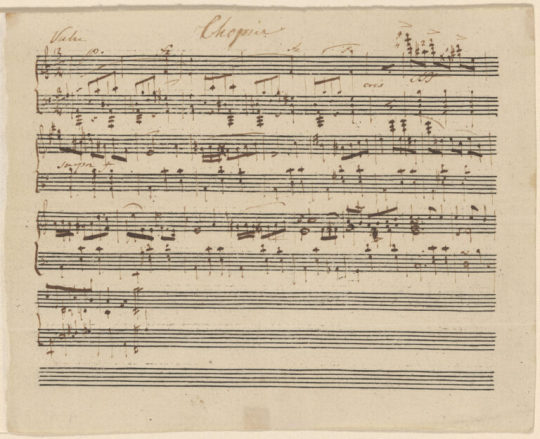
Lost Chopin Music Uncovered in ‘Thrilling’ Discovery
A curator at a museum in New York City has discovered a previously unknown waltz written by Frédéric Chopin, the first time that a new piece of work by the Polish composer has been found in nearly 100 years.
The waltz, written on a small manuscript measuring about 4 inches by 5 inches, was first discovered by curator Robinson McClellan in 2019, who then sought outside expert help, according to a statement from the Morgan Library & Museum on Monday.
“He found it peculiar that he could not think of any waltzes by Chopin that matched the measures on the page,” reads the statement.
“Chopin famously wrote in ‘small forms,’ but this work, lasting about one minute, is shorter than any other waltz by him,” adds the statement.
“It is nevertheless a complete piece, showing the kind of ‘tightness’ that we expect from a finished work by the composer.”
McClellan asked Chopin expert Jeffrey Kallberg, associate dean for arts and letters at the University of Pennsylvania, to help authenticate the waltz. “Extensive research points to the strong likelihood that the piece is by Chopin,” according to the statement.
This research included analysis by paper conservators who found that the paper and ink match those that Chopin normally used.
The Morgan Library & Museum believes that the fact that the manuscript is so small could mean that it was meant to be a gift that the recipient would have kept in an autograph album.
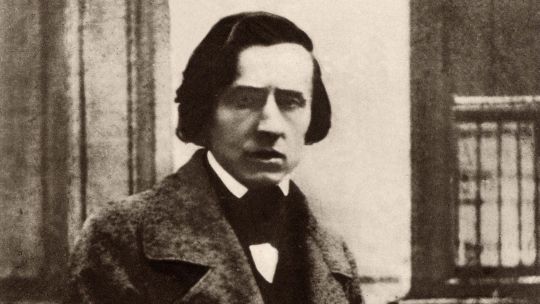
Chopin was known to sign manuscripts that were gifts, but this one is unsigned, which the museum says suggests that he ultimately decided against giving it away.
“This newly discovered waltz expands our understanding of Chopin as a composer and opens new questions for scholars to consider regarding when he wrote it and for whom it was intended,” said McClellan in the statement.
“To hear this work for the first time will be an exciting moment for everyone in the world of classical piano.”
“Our extensive music collection is defined by handwritten examples of the creative process and it is thrilling to have uncovered a new and unknown work by such a renowned composer,” said Colin B. Bailey, museum director, in the statement.
The discovery of an unknown piece of work by Chopin has not happened since the late 1930s, according to the museum.
The Polish composer was born in 1810 and was best known for solo piano pieces.
Chopin died in Paris, France, at the age of just 39. He’s one of Poland’s most famous sons, and his name adorns the airport serving the capital Warsaw, as well as parks, streets, benches and buildings.
His works and image are ubiquitous across the central European country, and his residences bear unmissable plaques. Busts and statues of his likeness are dotted across several major cities.
Even his heart, preserved in alcohol after his death in 1849 is sealed into a wall of Warsaw’s Holy Cross Church.
But recent suggestions about Chopin’s private life collided awkwardly with Poland’s staunchly conservative traditions – and caused some to question whether the story of Chopin that Poles are told from a young age is true.
According to a Swiss radio documentary released in 2020, the composer had relationships with men, and those relationships were left out of history by successive historians and biographers; a potentially thorny charge in one of Europe’s worst countries for LGBTQ rights.
By Jack Guy.
Chopin - Waltz in A Minor (Discovered in 2024) - Played by Lang Lang
#Chopin#Frédéric Chopin#Lost Chopin Music Uncovered in ‘Thrilling’ Discovery#New Waltz by Chopin Found in Morgan Library#Morgan Library & Museum#polish composer#art#artist#art work#art world#art news#history#history news#lost and found
69 notes
·
View notes
Text
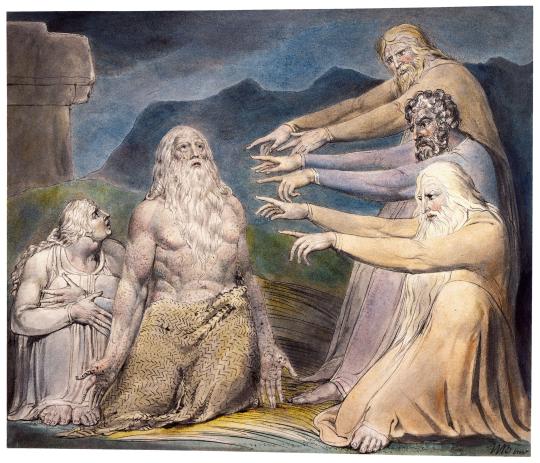
Job Rebuked by His Friends, William Blake, 1805
#art#art history#William Blake#religious art#Biblical art#Christian art#Christianity#Old Testament#Hebrew Bible#Book of Job#wisdom literature#Romanticism#Romantic art#English Romanticism#British art#English art#19th century art#pen and ink#watercolor#Morgan Library and Museum
913 notes
·
View notes
Text
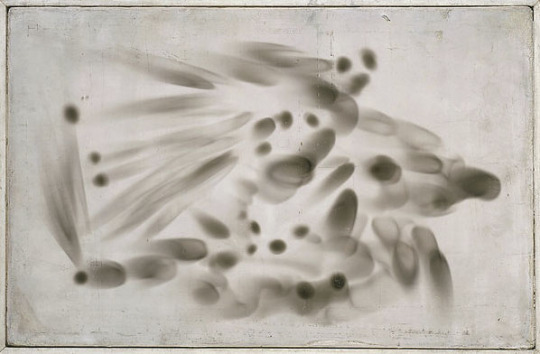
Wolfgang Paalen, Fumage (Smoke Painting) (c. 1938), oil, candle burns and soot on canvas, 10-3/4″ x 16-3/8″; courtesy The Morgan Library & Museum
262 notes
·
View notes
Text

... endless amount of knowledge ...
The Morgan Library & Museum in New York - if you're into literature, art or history!
#endless amount of knowledge#the morgan library and museum#new york#new york city#nyc#library#libraries around the world
19 notes
·
View notes
Text

HELL YEAH!
21 notes
·
View notes
Text


Audiences at last night’s New York premiere of A Christmas Carol at The Morgan Library and Museum, starring the ever-dazzling Skylark Vocal Ensemble and the incomparable Christine Baranski, were moved to tears and gave a full three-minute standing ovation.
📷🎶 @rowanbenedict42 via IG
#christine baranski#queen baranski#the morgan library & museum#nyc#skylark ensemble#a christmas carol#benedict sheehan#matthew guard#choir#christmas#charles dickens#holiday#narrator#live performance#diane lockhart#agnes van rhijn#the gilded age#the gilded age hbo#mamma mia#martha may whovier#the grinch#tanya chesham leigh#maryann thorpe#cybill#the good wife#the good fight
8 notes
·
View notes
Text

Hellmouth. Morgan Library & Museum, MS M.945, f. 107r.
Finals week ends today with my two exams, back-to-back. Then Purgatorial grading begins.
3 notes
·
View notes
Text
The Morgan Library & Museum
Crafting the Ballets Russes
The Robert Owen Lehman Collection

Crafting the Ballets Russes: The Robert Owen Lehman Collection
June 28 through September 22, 2024
Robert Owen Lehman’s extraordinary collection of music manuscripts has been an inspiration to scholars and visitors since it was placed on deposit at the Morgan Library & Museum. Among its many splendid works are deep holdings of early-twentieth-century ballet, including Igor Stravinsky’s Firebird (1910), Petrouchka (1911), and Les Noces (1923); Claude Debussy’s L’après-midi d’un Faune (1912); and Maurice Ravel’s Bolero (1928) and La Valse (1920).
The exhibition opens with the dramatic arrival of Serge Diaghilev’s Ballets Russes troupe in Paris in 1909 and goes on to trace its impact across the arts, highlighting the rise of women in leading creative roles. They include Bronislava Nijinska, who in 1921 became the Ballets Russes’ only female choreographer and whose groundbreaking choreography defined Les Noces, Bolero, and other ballets of the era; and Ida Rubinstein, whose riveting stage presence helped establish the Ballets Russes in its first seasons and who came to rival Diaghilev as a patron of music, commissioning Bolero in 1928.
At the core of the exhibition is the creative process that brought these ballets to life. The exhibition and accompanying catalogue address the sketches, drafts, and working copies of the composers, choreographers, and designers, capturing the ways in which they imagined, conceived, and collaborated to kindle works of astonishing originality and ongoing influence.
The exhibition is organized by Robinson McClellan, Assistant Curator of Music Manuscripts and Printed Music.
Crafting the Ballets Russes: The Robert Owen Lehman Collection is supported by the William Randolph Hearst Fund for Scholarly Research and Exhibitions, the Robert Lehman Foundation, Mr. and Mrs. Clement C. Moore II, the Lucy Ricciardi Family Exhibition Fund, Elizabeth and Jean-Marie Eveillard, Cynthia Hazen Polsky and Leon Polsky, and the Franklin Jasper Walls Lecture Fund. Assistance is provided by the Gladys Krieble Delmas Foundation and Hubert and Mireille Goldschmidt.
(L) Igor Stravinsky (1882–1971), Firebird, autograph manuscript, piano, extensive revisions, [1910]. The Morgan Library & Museum, New York, Robert Owen Lehman Collection, on deposit. Used by kind permission of European American Music Distributors Company, sole U.S. and Canadian agent for Schott Music GmbH & Co. KG, Mainz, Germany, publisher and copyright owner.
(R) Léon Bakst (1866–1924), “Firebird and the Prince (Tsarevitch),” poster design for Firebird, 1915. Harvard Theatre Collection, Houghton Library, Howard D. Rothschild Collection.



#. The Morgan Library & Museum, New York #art #original art #xpuigc
9 notes
·
View notes
Text
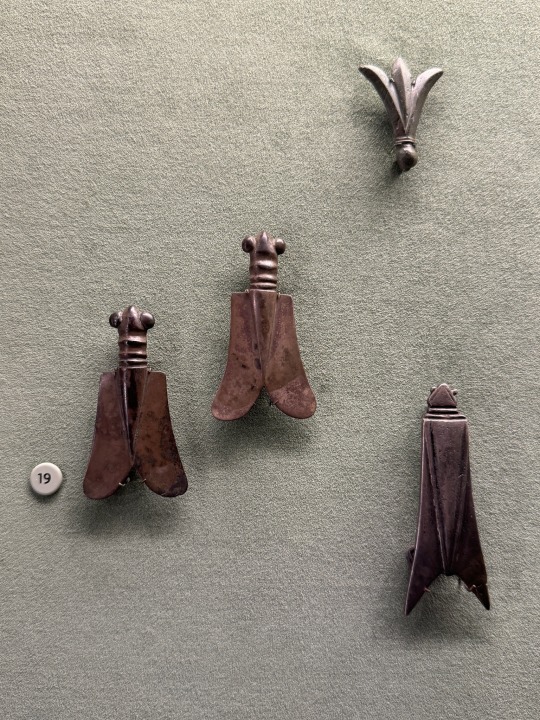
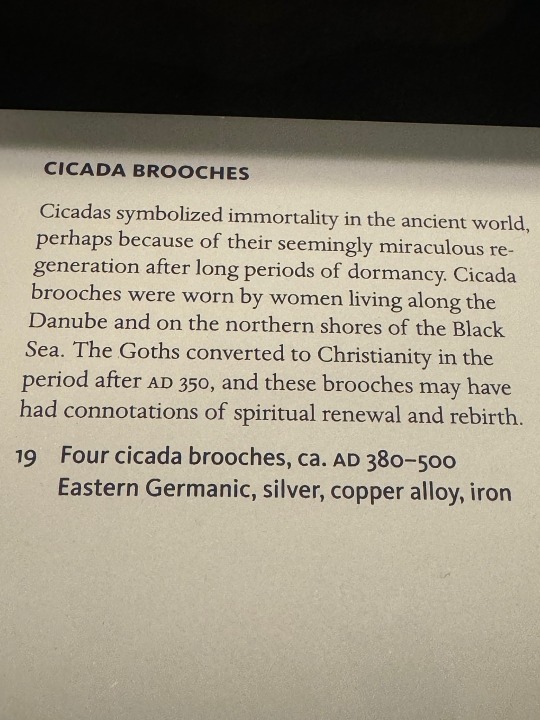
Four cicada brooches, Eastern Germanic, c. 380-500 CE
silver, copper alloy, iron
The Morgan Library & Museum display
“Cicadas symbolized immortality in the ancient world, perhaps because of their seemingly miraculous regeneration after long periods of dormancy. Cicada brooches were worn by women living along the Danube and on the northern shores of the Black Sea. The Goths converted to Christianity in the period after AD 350, and these brooches may have had connotations of spiritual renewal and rebirth.”
#cicadapocalypse #cicadaggedon #cicadamania
#animals in art#ancient art#Germanic art#European art#brooch#accessories#metalwork#jewelry#jewellry#Morgan Library and Museum#museum visit#animal symbols#animal symbol#cicada#cicadas#insect#insects
87 notes
·
View notes
Text

The Morgan Library & Museum
5 notes
·
View notes
Text
#LitPhilly: (NYC Edition) Bookish Birthday Adventures
For my birthday weekend, I traded Philly’s charm for the hustle and bustle of NYC, the ultimate destination for bookish adventures and magical vibes. With Tam as my partner in crime, we embarked on a whirlwind trip packed with books, history, and quirky fun. Here’s the ultimate guide for a literary and magical NYC day trip. Stop 1: The Harry Potter Store 📍 935 Broadway, New York, NY💵 Admission:…

View On WordPress
#Belle da Costa Greene#bibliophile destinations#Blu Moon Fiction#bookish adventures#books#bookworm travel#Harry Potter Store NYC#literary history#literary travel#Morgan Library and Museum#Museum of Sex NYC#New York day trip#NYC bookstores#NYC itinerary#NYC travel guide#Paris Baguette NYC#rare books#The Strand#Weekend Fun#What&039;s Your Story
2 notes
·
View notes
Text

October 18 is the Feast Day of St Luke. He appears here at the start of the Gospel that bears his name in the Evangelium of Judith of Flanders (Cantorbéry, 1065). The Morgan Library & Museum, New York, ms M.709, f° 77v, 29,3 × 19,1 cm. :: [Robert Scott Horton]
* * * *
Night Surrender to Praise at Dawn – Nov. 16, 2021
“In the middle of the night I hold hands with trust and surrender to the One who sees without a light… My prayer travels deep into my soul space, into the essence of my being.
Rising from sleep, I raise high the chalice of my life. Dressed in robes of joyful anticipation, I enter this day with an open heart. This is the awakening hour. This is the hour of praise. ‘O medicine of dawn; O healing drink of morning!’ Offering both words and silence, I join in the dance of creation.”
–Macrina Wiederkehr, Seven Sacred Pauses: Living Mindfully Through the Hours of the Day, p. 29 and 47
[alive on all channels]
#Robert Scott Horton#St. Luke#The Morgan Library & Museum#Gospel of Luke#Night Surrender to Praise at Dawn#Macrina Wiederkehr#prayers#alive on all channels#quotes
11 notes
·
View notes

